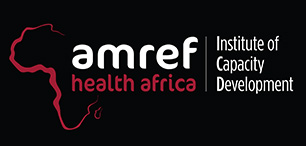In 2019, Africa accounted for 40 percent of the world’s stunted children. The Western Africa sub region experiences a malnutrition burden among children aged under 5 years with the prevalence of stunting being 27.7%, a rate which is higher than the global average of 21.3% (Global Nutrition Report, 2020). South of the Sahara, the prevalence of stunting has decreased in recent years from 34.5 to 31.1 percent; however, this rate of decline will not be sufficient to reach Sustainable Development Goals (SDGs) for 2030. While the prevalence of stunting has decreased, the overall number of stunted children has actually increased in Sub-Saharan Africa (SSA) between 2012 and 2019, from 51.2 million to 52.4 million. SSA is the only sub-region in the world with a rising number of stunted children (State of Food Security and Nutrition in the World Report, July 2020).
In light of the aforementioned, innovative strategies are urgently required to accelerate stunting reduction and provide a better future for children living in SSA, specifically Malawi, Nigeria, Ethiopia and Senegal. Accelerating stunting reduction requires looking beyond the immediate causes of malnutrition to address its structural roots. This means engaging with policy and decision-makers, communities and the media to focus attention on the problem and sustainable solutions.
1. To promote mutual learning, cooperation, and policy transfer through shared experiences and analysis of country models which have been successful.
2. To create and support country commitments to follow-up action (format tailored by country) through specific outcomes, including:
a. Commitments to establish individual country stunting progress.
b. Establishment of “technical working groups” (TWGs) in non-exemplar countries to analyze past policies and investments on stunting and actively integrate into national agenda.
3. To provide a sustainable mechanism for country support and follow-up after the mutual learning discussions that crowds-in existing nutrition players.
Region
Sub-saharan Africa
